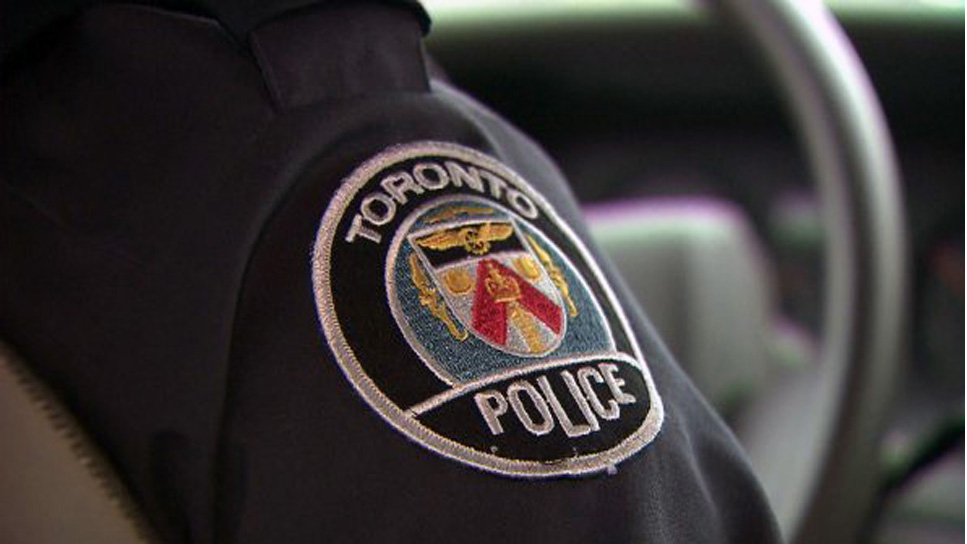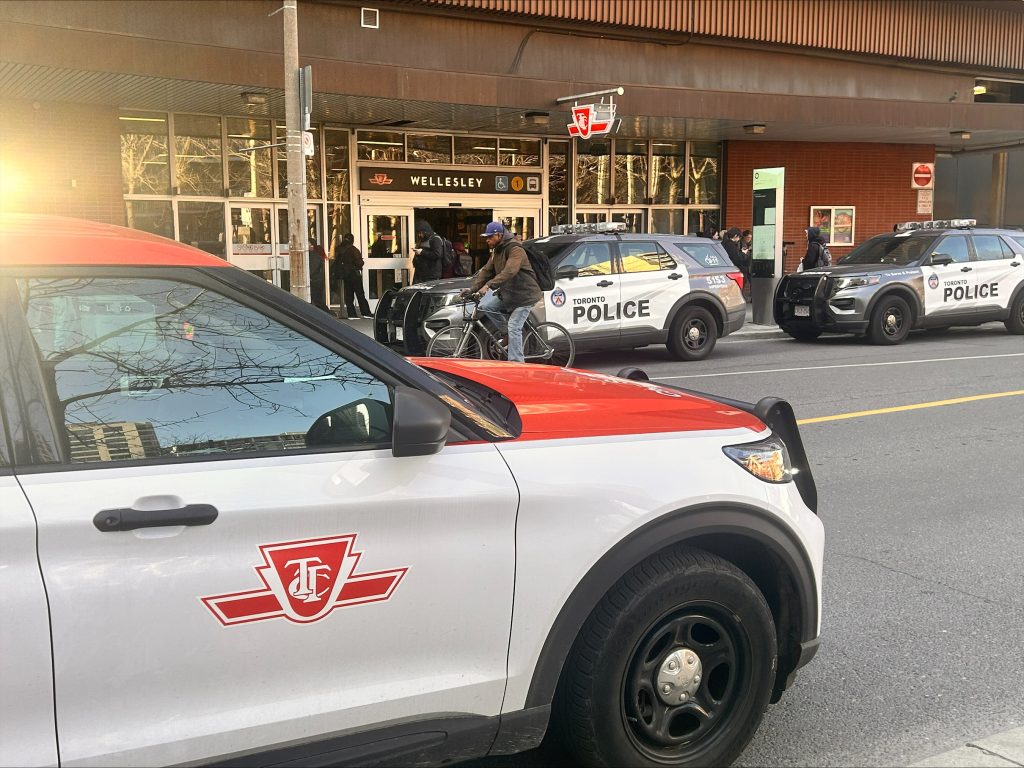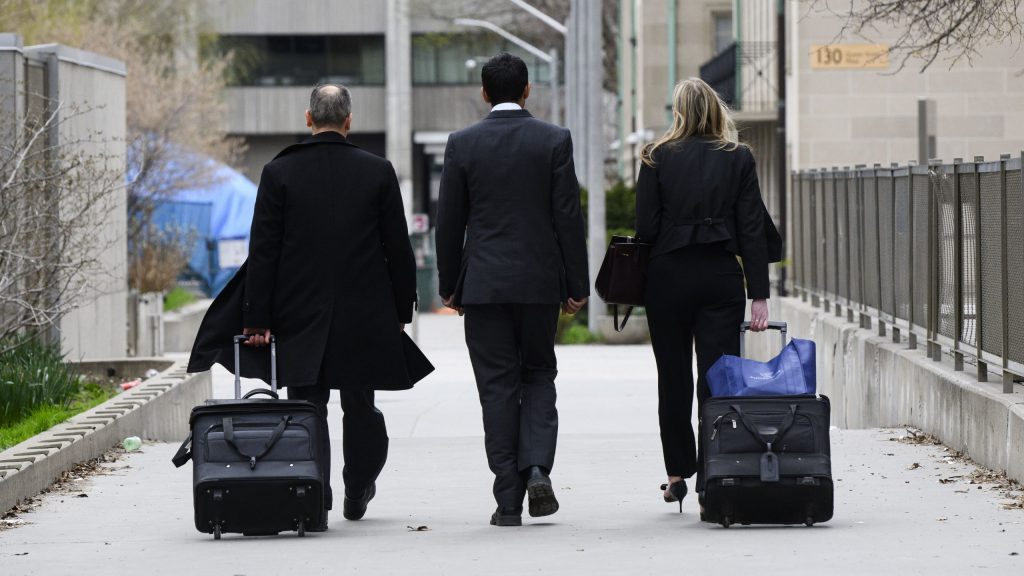Despite warnings post-Kenya, fears about embassy security unresolved: documents
Posted September 29, 2015 4:57 pm.
Last Updated September 30, 2015 9:00 am.
This article is more than 5 years old.
OTTAWA – The Harper government has known for two years that security at foreign embassies and the safety of Canadian diplomats was potentially in jeopardy at more than two dozen missions abroad, a series of internal government records show.
Reports by both the Department of Foreign Affairs and the Canadian Security Intelligence Service, obtained by The Canadian Press under the Access to Information Act, outline how officials have been seized with the issue since September 2013, when al-Shabab gunmen stormed the Westgate shopping mall in Nairobi, Kenya, in a three-day siege that ended in the deaths of at least 67 people.
Memos, briefings and after-action reports show how the deaths of Canadian diplomat Annemarie Desloges and Vancouver businessman Naguib Damji turned what had been growing concern about the violence and instability of the Arab Spring into alarm.
The pressure mounted even more after the lobby of the Canadian embassy in Kyiv was taken over and occupied for a week by Ukrainian pro-European democracy protesters in February 2014, the briefings show.
The heavily censored documents show six weeks after that incident, four federal cabinet ministers received a special briefing that recommended measures for “reducing vulnerability,” including major physical security projects.
Despite the heightened urgency, however, the federal cabinet has not yet approved a security investment plan for embassies and at official residences.
Foreign Affairs spokesman Nicolas Doire said the government takes overseas mission security seriously and monitors situations abroad on a case-by-case basis to implement “appropriate measures to protect our personnel.”
The Harper government has made much of the unconventional terrorist threat posed by groups such as the Islamic State of Iraq and the Levant, arguing that extremists are willing and able to strike at Canadians wherever they might be.
In the 2013-14 budget year, $129 million was appropriated for “strengthening security at missions abroad,” yet $69 million of that remained unspent and flowed back to the federal treasury in what opposition critics have argued was an attempt to whittle down the deficit.
A recent CTV News report cited a secret Sept. 9 memo warning deputy ministers that “20 per cent of missions are now categorized as high risk.”
Canada operates more than 170 foreign missions, meaning as many as 34 are considered vulnerable. The documents obtained by CP show as many as 27 of them have had physical security improvements since 2010, but Foreign Affairs officials warned more work was needed.
The government’s obligation is not restricted to bricks and mortar, they noted.
The Foreign Affairs department “has a responsibility to protect staff at its chancery buildings, at staff residences, and when they and their dependents are travelling around the city and the country,” said the April 11, 2014, briefing to the ministers.
Many diplomats maintain private homes away from their missions and officials again believe that while “Canada is close to its allies in terms of the level of protection,” there is still more to be done.
A special inter-departmental committee of deputy ministers has been tasked to oversee foreign mission security, and the briefings reveal that Canada’s spy service, at a meeting June 17, 2014, listed the embassies in Nairobi and Tripoli as being of particular concern.
Washington was consumed for months with recrimination and finger-pointing over the Sept. 11, 2012, death of the U.S. ambassador and several others at the hands of an al-Qaida offshoot at the American consulate in Benghazi. At least four Republican-led Congressional investigations have accused the Obama administration of ignoring warnings and providing inadequate security.
In the aftermath of the U.S. experience, Canadian officials have noted Foreign Affairs is hiring a new stream of security officers, but they are only operating at the 27 most high-risk missions.
They have “enhanced awareness of threats, enhanced mitigation measure and (have) strengthened the security culture, but more progress is required.”
— With files from Jim Bronskill
Follow @Murray_Brewster on Twitter










